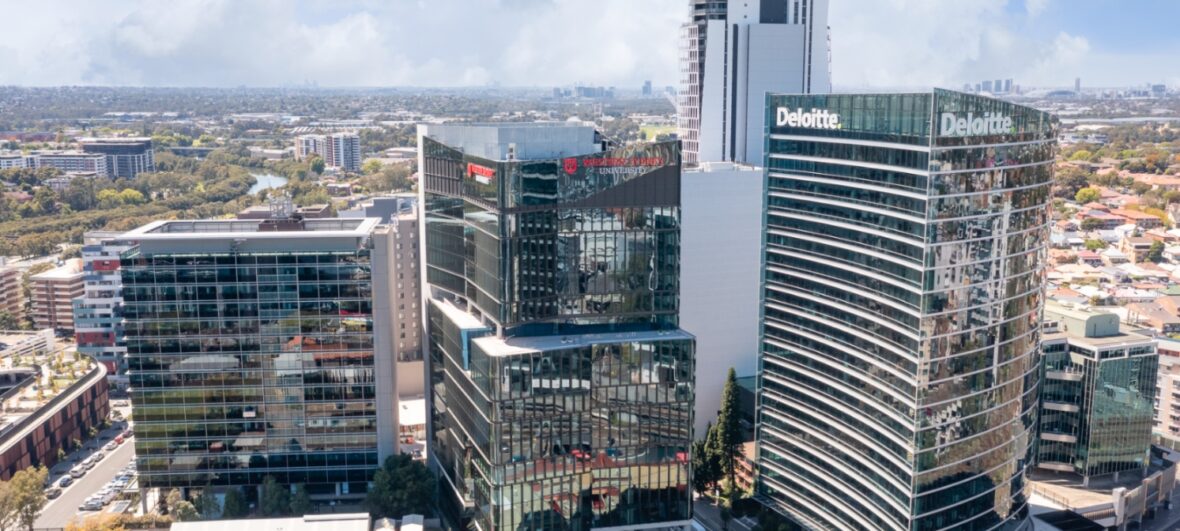An experienced technical specialist, Julia is a team lead, engineer, and project manager with more than 17 years of experience in engineering consulting. She has delivered a range of projects and programs across several industries, including rail, construction, water, and heavy industry.
Julia leads multidisciplinary teams undertaking ICT and Security designs in the built environment, working with Australian and International Standards to mitigate safety and risk on projects. She holds various voluntary roles in engineering industry bodies, Australian Standards development, and local council advisory.
Q. What inspired you to join the industry?
A. I have always been curious, taking things apart and solving problems, so engineering was a natural path for me. I also wanted to be an inventor as a child and have always loved the evolution of technology, trying to predict what will happen next. These passions, paired with my love of connecting with and empowering people to create solutions that work with nature, meant that engineering consulting in buildings was the perfect fit for me. Throughout my career, I have continued to grow and learn, nurturing this curiosity, to understand the world we live in, the challenges we face and how to position ourselves to resolve them in the best way possible.
Q. Tell us a story of how your work positively impacted the community.
A. I worked closely with a systems integrator to adapt 10 apartments so that they were suitable for people with varying physical needs. We also adapted another apartment to act as a nurses’ station which would allow young people to live more autonomous lives rather than living in aged care facilities. We had to work quickly as the apartment building was already under construction, and the timeline could not be extended. It felt so great when we successfully tested the apartments for each of the different abilities knowing that these apartments would change the lives of these young people for years to come.
Q. What career advice would you like to share?
A. My career advice is always to make the most of every opportunity and find a way to say “yes, why not” rather than “no, I can’t do that.” Also, remain curious. If you remain curious then you will continue to learn and grow and enjoy your career. Open minds grow and innovate which leads to more interesting careers and better solutions for our clients and end users.
Q. What trends are you seeing across the building industry that supports ESG objectives?
A. I think it’s brilliant that the building industry is now aware of more options to decrease carbon emissions, such as adaptive reuse of existing buildings and using passive solutions, like sealed façade, triple glazing, and insulation, alongside active solutions, such as using technology to monitor and adapt operations and maintenance regimes. This has shifted traditional building services to a more integrated offering as ESG touches all disciplines, particularly ICT. Accreditations such as the Living Building Challenge have changed their focus from being carbon neutral to benefiting the environment, such as generating more energy than is needed in that building and capturing more water than is required. In time, technology and passive solutions will be even more integrated to meet and surpass ESG requirements to become environmentally positive and regenerative.
Q. What are the key challenges and opportunities ahead for the industry?
A key challenge will be showing the industry convincing data that deploying passive and active solutions to decrease carbon emissions is financially viable and should be seen as the norm rather than the exception.
Q. What predictions do you have for buildings of the future that companies can plan for now?
Buildings of the future will be more integrated, with all operations and maintenance being managed remotely, and will operate far more efficiently. Companies need to plan for this by ensuring that any new builds or retrofits are done with extensive planning to ensure that the building envelope is energy efficient and adequate spatial allocation for communications rooms and pathways, as this infrastructure will be the key to operating efficiently and effectively.
